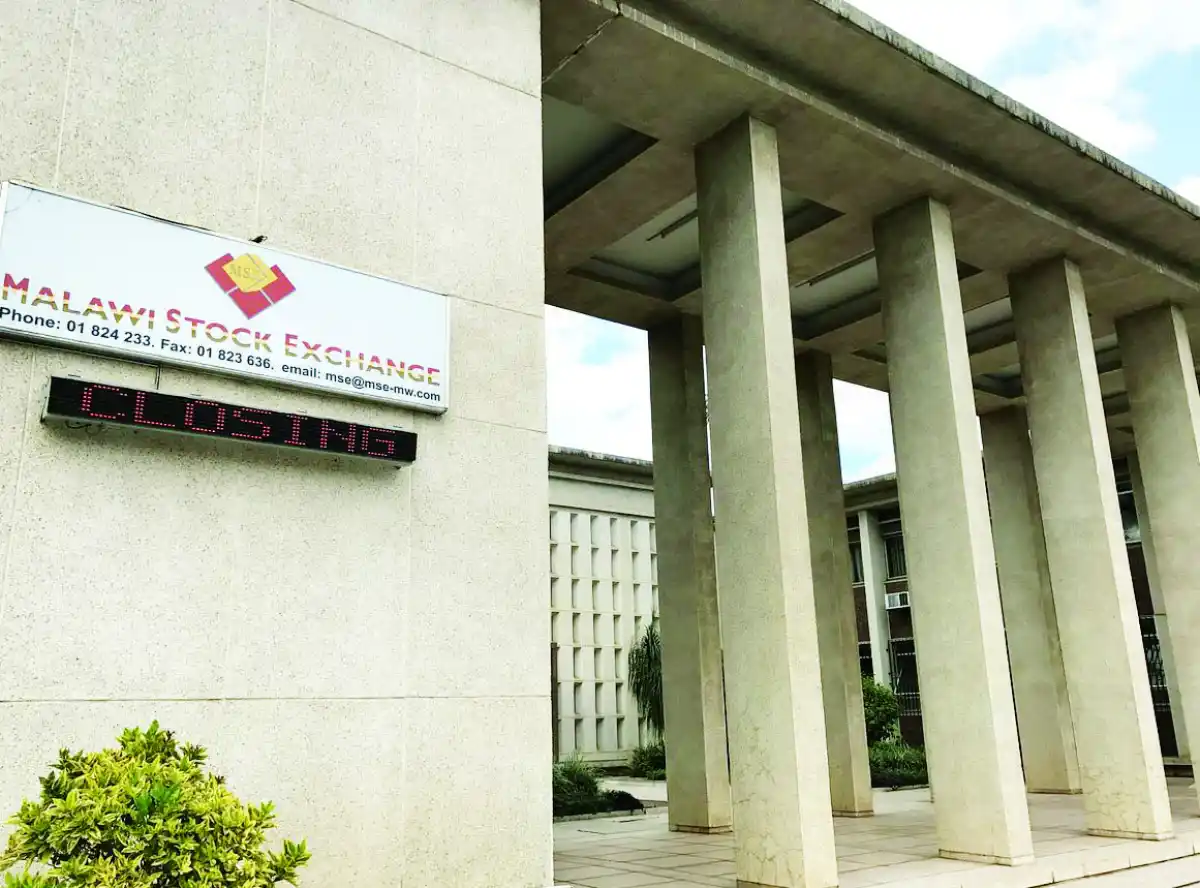

Cost of living— the amount of money needed to maintain a certain standard of life—for a family of six in the country’s major cities and towns quickened by 3.9 percent in the first half of 2024.
According to figures from the Centre for Social Concern (CfSC), the cost of living was recorded at an average of K510, 634 in June from K491, 037 recorded in January 2024.
During the period, Blantyre was registered as the most expensive city to live in, reaching an all-time high cost of living of K621, 353 in April, before moderating to K591, 442 in June.
Lilongwe and Zomba were second and third most expensive cities while Mzuzu is the cheapest city to live in with its highest cost of living recorded at K495, 499 in April 2024.
However, the average cost of living has moderated by 2.4 percentage points when compared to a 6.3 percent jump recorded in the first half of 2023.
During the corresponding previous period, the cost of living increased to K378, 812 in June from K356, 108 in January 2023.
In the June report, CfCS notes that In Blantyre, maize prices surged by 30 percent, the highest among all cities, climbing from K34,286 in May to K42,857 per 50kg bag, which exacerbated the financial strain on households reliant on maize, a staple food in Malawi.
Furthermore, the report says the price of tomatoes also saw a notable increase, with Lilongwe experiencing a rise of 15.75 percent, the highest in the country, whereas Blantyre reported a decrease of 3 percent in tomato prices, highlighting a disparity in regional price changes.
“The increase in the cost of living, driven by higher prices for essential commodities such as maize and tomatoes, has had a disproportionate impact on low income earners.
“For many Malawians, particularly those in vulnerable economic positions, these rising costs have made it increasingly difficult to afford basic necessities. The spike in food prices is directly translated to reduction in purchasing power which heightened financial stress for households struggling to make ends meet,” reads the report.

Economist Marvin Banda said the cost of living remains, in most instances, unattainable for regular Malawians.
He said pressures on prices are dynamic and different across the country, with food pressures most prevalent along the Southern Region of the country which faces the quickest dwindling in food stock annually due to great variability in weather conditions.
“In terms of non-food price pressures, these are usually dominated by population size and distances from borders, which increases intrinsic costs.
“The consumer has to contend with ever increasing prices yet headline inflation statistics slightly moderated in the second quarter of 2024 by averaging 32.8 percent from 33.4 percent the previous quarter,” Banda said.
However, he was quick to say the rigidity of the basket of goods does not cater for elasticities and is not always adhered to.








0 Comments